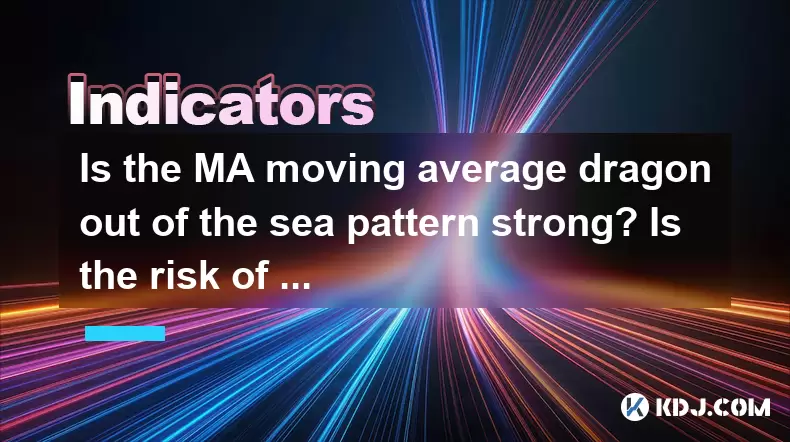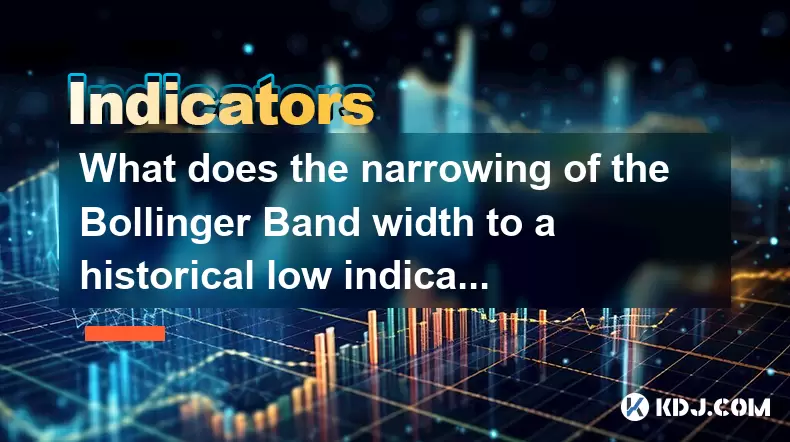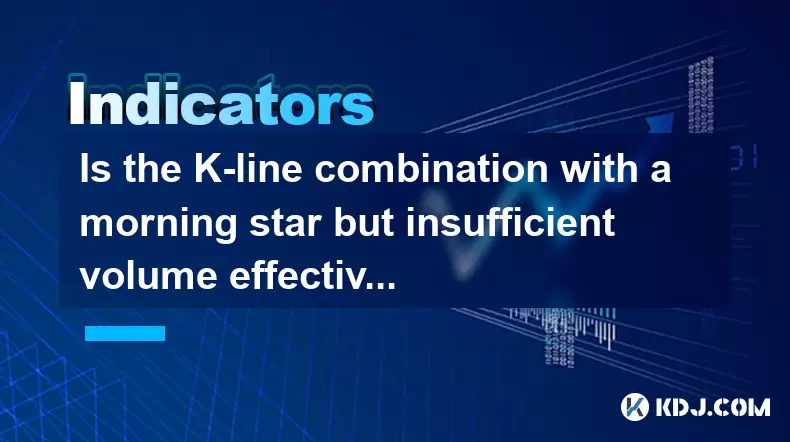-
 Bitcoin
Bitcoin $101,898.5005
-0.75% -
 Ethereum
Ethereum $2,258.1125
-1.07% -
 Tether USDt
Tether USDt $1.0004
0.01% -
 XRP
XRP $2.0178
-2.93% -
 BNB
BNB $624.0243
-1.53% -
 Solana
Solana $134.3298
-0.90% -
 USDC
USDC $0.9999
0.01% -
 TRON
TRON $0.2675
-2.05% -
 Dogecoin
Dogecoin $0.1538
-1.96% -
 Cardano
Cardano $0.5482
-1.11% -
 Hyperliquid
Hyperliquid $35.5636
5.45% -
 Bitcoin Cash
Bitcoin Cash $453.4902
-1.66% -
 Sui
Sui $2.5134
-2.97% -
 UNUS SED LEO
UNUS SED LEO $9.1292
1.77% -
 Chainlink
Chainlink $11.8457
-1.60% -
 Stellar
Stellar $0.2312
-2.73% -
 Avalanche
Avalanche $16.9721
0.29% -
 Toncoin
Toncoin $2.7549
-3.82% -
 Shiba Inu
Shiba Inu $0.0...01081
-1.10% -
 Litecoin
Litecoin $80.8250
-0.71% -
 Hedera
Hedera $0.1374
0.21% -
 Monero
Monero $305.4827
-2.36% -
 Ethena USDe
Ethena USDe $1.0006
0.00% -
 Dai
Dai $1.0000
-0.01% -
 Polkadot
Polkadot $3.2085
-3.12% -
 Bitget Token
Bitget Token $4.0845
-3.13% -
 Uniswap
Uniswap $6.3353
-1.63% -
 Pi
Pi $0.5085
-0.70% -
 Pepe
Pepe $0.0...08913
-3.82% -
 Aave
Aave $232.7090
-0.58%
Is the MA moving average dragon out of the sea pattern strong? Is the risk of chasing the rise high?
The MA Moving Average Dragon Out of the Sea pattern signals a bullish trend when the 5-day MA crosses above the 10-day MA, but traders should use it with other indicators to avoid false signals.
May 23, 2025 at 02:07 am

Understanding the MA Moving Average Dragon Out of the Sea Pattern
The MA Moving Average Dragon Out of the Sea pattern is a popular technical analysis tool used by traders in the cryptocurrency market. This pattern is derived from the interaction between different moving averages, primarily focusing on the 5-day and 10-day moving averages. The pattern is considered to be in play when the 5-day moving average crosses above the 10-day moving average, signaling a potential bullish trend. This crossover is often seen as a signal for traders to enter the market, anticipating a rise in the price of the cryptocurrency.
Strength of the MA Moving Average Dragon Out of the Sea Pattern
The strength of the MA Moving Average Dragon Out of the Sea pattern is often debated among traders. Some believe it to be a strong indicator of upcoming bullish trends, while others view it as just one of many tools to be used in conjunction with other indicators. The effectiveness of this pattern can vary depending on market conditions and the specific cryptocurrency being analyzed. For instance, in a highly volatile market, the pattern may not hold as much weight as in a more stable environment.
Historical Performance of the Pattern
To assess the strength of the MA Moving Average Dragon Out of the Sea pattern, it is crucial to look at its historical performance. Many traders analyze past instances where this pattern occurred and track the subsequent price movements. In some cases, the pattern has led to significant price increases, while in others, the gains were more modest or even followed by a reversal. This variability underscores the importance of using the pattern as part of a broader analysis strategy rather than relying on it alone.
Risks of Chasing the Rise
Chasing the rise refers to the practice of buying a cryptocurrency after it has already experienced a significant price increase, often driven by the fear of missing out (FOMO). This strategy can be particularly risky when it comes to the MA Moving Average Dragon Out of the Sea pattern. If traders enter the market too late, they may buy at the peak of the trend, only to see the price reverse and decline. The risk is exacerbated in the cryptocurrency market, which is known for its volatility and rapid price movements.
Factors Influencing the Risk of Chasing the Rise
Several factors can influence the risk of chasing the rise after the MA Moving Average Dragon Out of the Sea pattern. Market sentiment, trading volume, and the overall trend of the cryptocurrency can all play a role in determining whether the pattern will lead to sustained gains or a quick reversal. Additionally, the presence of other technical indicators, such as support and resistance levels, can provide further insight into the potential risks and rewards of entering the market at this point.
Strategies to Mitigate Risks
To mitigate the risks of chasing the rise, traders can employ several strategies. One approach is to use stop-loss orders to limit potential losses if the price moves against their position. Another strategy is to wait for additional confirmation from other technical indicators before entering the market. For instance, if the Relative Strength Index (RSI) indicates that the cryptocurrency is not overbought, it may be a safer time to buy. Additionally, traders can consider scaling into their positions, buying small amounts over time rather than investing a lump sum all at once.
Practical Application of the MA Moving Average Dragon Out of the Sea Pattern
To apply the MA Moving Average Dragon Out of the Sea pattern in real-world trading, follow these steps:
- Identify the Moving Averages: Ensure you have the 5-day and 10-day moving averages plotted on your chart.
- Monitor for Crossover: Watch for the 5-day moving average to cross above the 10-day moving average.
- Confirm the Pattern: Look for additional signs of a bullish trend, such as increasing trading volume or positive news about the cryptocurrency.
- Enter the Market: If all conditions are met, consider entering a long position.
- Set Stop-Loss Orders: To manage risk, set a stop-loss order at a predetermined level below the entry price.
- Monitor the Position: Keep an eye on the price movement and be prepared to exit the position if the trend reverses.
Case Studies of the MA Moving Average Dragon Out of the Sea Pattern
Analyzing case studies can provide valuable insights into the effectiveness of the MA Moving Average Dragon Out of the Sea pattern. For instance, consider a scenario where Bitcoin exhibited this pattern in early 2021. Following the crossover, the price of Bitcoin increased significantly over the next few weeks, validating the pattern. However, in another instance later that year, the pattern appeared, but the price quickly reversed, leading to losses for traders who chased the rise. These examples highlight the importance of context and the need for a comprehensive analysis approach.
Frequently Asked Questions
Q: Can the MA Moving Average Dragon Out of the Sea pattern be used for short-term trading?
A: Yes, the pattern can be used for short-term trading, but it is crucial to combine it with other technical indicators and to be aware of the increased risk associated with short-term trades in the volatile cryptocurrency market.
Q: How does the MA Moving Average Dragon Out of the Sea pattern differ from other moving average crossovers?
A: The MA Moving Average Dragon Out of the Sea pattern specifically focuses on the 5-day and 10-day moving averages, which is believed to be more sensitive to short-term price movements compared to other crossovers, such as the 50-day and 200-day moving averages.
Q: Is it advisable to use the MA Moving Average Dragon Out of the Sea pattern for altcoins?
A: While the pattern can be applied to altcoins, it is important to consider the higher volatility and lower liquidity of many altcoins, which can make the pattern less reliable. Additional analysis and risk management strategies are recommended when trading altcoins.
Q: How can traders avoid false signals from the MA Moving Average Dragon Out of the Sea pattern?
A: To avoid false signals, traders should use the pattern in conjunction with other technical indicators, such as the RSI or MACD, and pay attention to market conditions and news that could impact the cryptocurrency's price.
Disclaimer:info@kdj.com
The information provided is not trading advice. kdj.com does not assume any responsibility for any investments made based on the information provided in this article. Cryptocurrencies are highly volatile and it is highly recommended that you invest with caution after thorough research!
If you believe that the content used on this website infringes your copyright, please contact us immediately (info@kdj.com) and we will delete it promptly.
- VanEck, Pudgy Penguins, and Nasdaq: A New York Minute on Crypto's Big Moves
- 2025-06-24 01:05:12
- Ripplecoin Cloud Mining: Earn Daily Crypto Rewards?
- 2025-06-24 00:25:13
- SEI Price Prediction: Crypto Analyst Sees Potential Jump to $0.30!
- 2025-06-24 01:05:12
- Dogecoin, Cardano, and Crypto Security: Navigating the Wild West
- 2025-06-24 00:45:12
- Dogecoin Price Analysis and Ozak AI: Riding the Crypto Wave in Style
- 2025-06-24 00:45:12
- Neo Pepe Presale: The Next Big Meme Coin?
- 2025-06-24 00:32:08
Related knowledge

How to interpret that the time-sharing chart shows "volume and price rise together" but the MACD red column shortens?
Jun 24,2025 at 01:08am
Understanding the Concept of 'Volume and Price Rise Together'In cryptocurrency trading, when a time-sharing chart shows that both volume and price rise together, it is typically interpreted as a sign of strong buying pressure. This means more traders are entering long positions, pushing the price higher while increasing the trading volume. This phenomen...

Is it contradictory that the moving average system is arranged in a bullish pattern but the DMI shows a decline in trend strength?
Jun 23,2025 at 11:43pm
Understanding the Moving Average and DMI RelationshipIn cryptocurrency trading, technical analysis plays a crucial role in identifying potential trends and making informed decisions. Two of the most commonly used indicators are the Moving Average (MA) and the Directional Movement Index (DMI). While both tools aim to provide insight into market direction...

How to interpret that the Williams indicator quickly turns back in the overbought area but does not fall below the 50-axis?
Jun 24,2025 at 02:01am
Understanding the Williams %R Indicator in Cryptocurrency TradingThe Williams %R indicator, often referred to as Williams Percent Range, is a momentum oscillator used by traders to identify overbought or oversold conditions in financial markets, including cryptocurrency. It ranges from 0 to -100, where values above -20 are considered overbought and thos...

What is the significance of the gap formed by the gap opening not being filled within five days?
Jun 23,2025 at 09:42pm
Understanding Gaps in Cryptocurrency TradingIn the world of cryptocurrency trading, a gap refers to a situation where the price of an asset jumps from one level to another without any trading activity occurring between those two levels. This often happens over weekends or holidays when the market is closed, and significant news or events occur that impa...

What does the narrowing of the Bollinger Band width to a historical low indicate?
Jun 24,2025 at 02:35am
Understanding Bollinger Bands and Their Role in Technical AnalysisBollinger Bands, developed by John Bollinger in the 1980s, are a popular technical analysis tool used to measure market volatility. They consist of three lines: a simple moving average (SMA) in the center, typically over a 20-period setting, and two outer bands that are set at a standard ...

Is the K-line combination with a morning star but insufficient volume effective?
Jun 24,2025 at 02:49am
Understanding the Morning Star K-line PatternThe morning star is a classic candlestick pattern indicating a potential reversal from a downtrend to an uptrend. It consists of three candles: a large bearish candle, followed by a small-bodied candle (often a doji or spinning top), and then a large bullish candle that closes within the range of the first ca...

How to interpret that the time-sharing chart shows "volume and price rise together" but the MACD red column shortens?
Jun 24,2025 at 01:08am
Understanding the Concept of 'Volume and Price Rise Together'In cryptocurrency trading, when a time-sharing chart shows that both volume and price rise together, it is typically interpreted as a sign of strong buying pressure. This means more traders are entering long positions, pushing the price higher while increasing the trading volume. This phenomen...

Is it contradictory that the moving average system is arranged in a bullish pattern but the DMI shows a decline in trend strength?
Jun 23,2025 at 11:43pm
Understanding the Moving Average and DMI RelationshipIn cryptocurrency trading, technical analysis plays a crucial role in identifying potential trends and making informed decisions. Two of the most commonly used indicators are the Moving Average (MA) and the Directional Movement Index (DMI). While both tools aim to provide insight into market direction...

How to interpret that the Williams indicator quickly turns back in the overbought area but does not fall below the 50-axis?
Jun 24,2025 at 02:01am
Understanding the Williams %R Indicator in Cryptocurrency TradingThe Williams %R indicator, often referred to as Williams Percent Range, is a momentum oscillator used by traders to identify overbought or oversold conditions in financial markets, including cryptocurrency. It ranges from 0 to -100, where values above -20 are considered overbought and thos...

What is the significance of the gap formed by the gap opening not being filled within five days?
Jun 23,2025 at 09:42pm
Understanding Gaps in Cryptocurrency TradingIn the world of cryptocurrency trading, a gap refers to a situation where the price of an asset jumps from one level to another without any trading activity occurring between those two levels. This often happens over weekends or holidays when the market is closed, and significant news or events occur that impa...

What does the narrowing of the Bollinger Band width to a historical low indicate?
Jun 24,2025 at 02:35am
Understanding Bollinger Bands and Their Role in Technical AnalysisBollinger Bands, developed by John Bollinger in the 1980s, are a popular technical analysis tool used to measure market volatility. They consist of three lines: a simple moving average (SMA) in the center, typically over a 20-period setting, and two outer bands that are set at a standard ...

Is the K-line combination with a morning star but insufficient volume effective?
Jun 24,2025 at 02:49am
Understanding the Morning Star K-line PatternThe morning star is a classic candlestick pattern indicating a potential reversal from a downtrend to an uptrend. It consists of three candles: a large bearish candle, followed by a small-bodied candle (often a doji or spinning top), and then a large bullish candle that closes within the range of the first ca...
See all articles
























































































